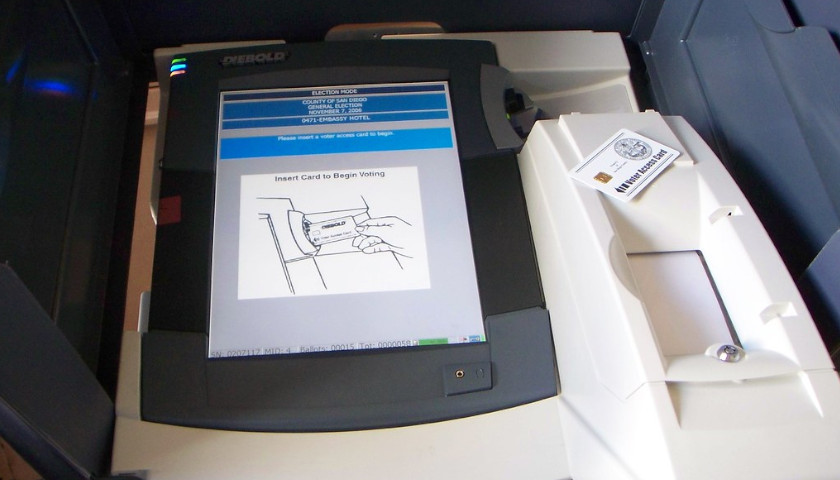The Arizona Independent Redistricting Commission has mostly finalized its 10-year maps redrawing congressional and legislative districts in the state, and the results appear mixed for Republicans. While they appear to shift more districts in favor of Republicans, the advantage in some of those districts is so slim that in future years when the country’s mood shifts back against Republicans, several of those districts will be easier for the Democrats to capture, making it possible for the Democrats to take back the Arizona Legislature.
Rep. David Schweikert (R-06-AZ), whose district will become the most competitive after the redistricting, told The Arizona Sun Times, “The results are a mixed bag. While superficially it looks better for the GOP, in five of the districts there is such a small Republican advantage that we stand a good chance of losing all five of those seats to the Democrats in 2026 — and if we don’t take the White House back in 2024, we could lose them as soon as that year.”
Republicans currently hold four of Arizona’s nine congressional seats. The redistricting creates six seats that lean or are solidly Republican. Schweikert said the new maps leave only three of those solidly Republican, meaning Republicans could end up with one less seat in the future.
The congressional seats currently held by Tom O’Halleran (D-01-AZ) and Ann Kirkpatrick (D-02-AZ) will tip slightly to Republicans. Republican AIRC Commissioner David Mehl complained that O’Halleran’s and Schweikert’s Republican-leaning districts are now too competitive.
Additionally, Schweikert said his new district now includes more establishment, moderate Republicans and wealthy Democrats. This will make it more difficult for an outspoken Trump-supporting type of candidate to win.
Schweikert said the state legislative districts have the same problem. The redistricting establishes 13 solid Republican districts, 12 solid Democratic districts, and five highly competitive districts, of which four lean slightly Republican. If Democrats can win in four of those five, they could flip at least one chamber. Currently, each chamber has a two-seat Republican advantage.
The redistricting process was very contentious. Commissioner Erika Neuberg, the AIRC’s independent chair, seemed to go back and forth between favoring Republicans and Democrats. Compounding the difficult process are legal requirements such as recognizing “communities of interest,” which has been interpreted in part to make sure two congressional districts are heavily Latino.
The AIRC was created in 2000 after a ballot initiative passed establishing it. Prior to that, the Republican-dominated legislature handled redistricting, as is still done in many states like Texas.
The first redistricting effort in 2001 didn’t tip the balance to favor Democrats too much, but the 2011 effort made a significant difference. In 2010, five of Arizona’s eight congressional seats were held by Republicans, and Republicans held a safe majority of state legislative seats. The Arizona Legislature had 18 Republicans and 12 Democrats in the Senate, and 35 Republicans and 25 Democrats in the House.
Republicans thought the chair of the 2011 commission, Colleen Mathis, was so biased in favor of Democrats that they temporarily got her removed, but the Arizona Supreme Court reinstated her.
Despite Republicans’ significant voter advantage in the state, the AIRC doesn’t reflect that. Two Republicans, two Democrats and an independent serve on the AIRC. The latest state numbers for voter registration, from October, show Republicans with 34.60%, Democrats with 31.56%, independents with 32.99%, and Libertarians with .85%.
Republicans only dropped from about a four-point lead to a three-point lead in voter registration since 2010, when they held 35.97% of voter registration compared to 31.87% for Democrats.
Before the final maps are finalized, the state’s counties will have a chance to suggest minor changes. There may be lawsuits attacking the results; both the 2001 and 2011 maps were challenged unsuccessfully in court.
– – –
Rachel Alexander is a reporter at The Arizona Sun Times and The Star News Network. Follow Rachel on Twitter. Email tips to [email protected].
Photo “Arizona Capitol Building” by Wars CC BY-SA 3.0.








